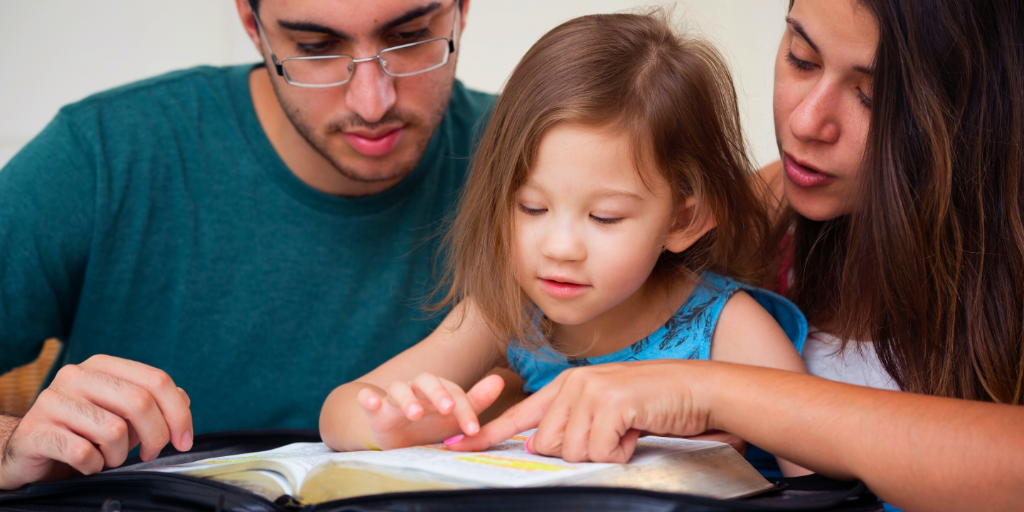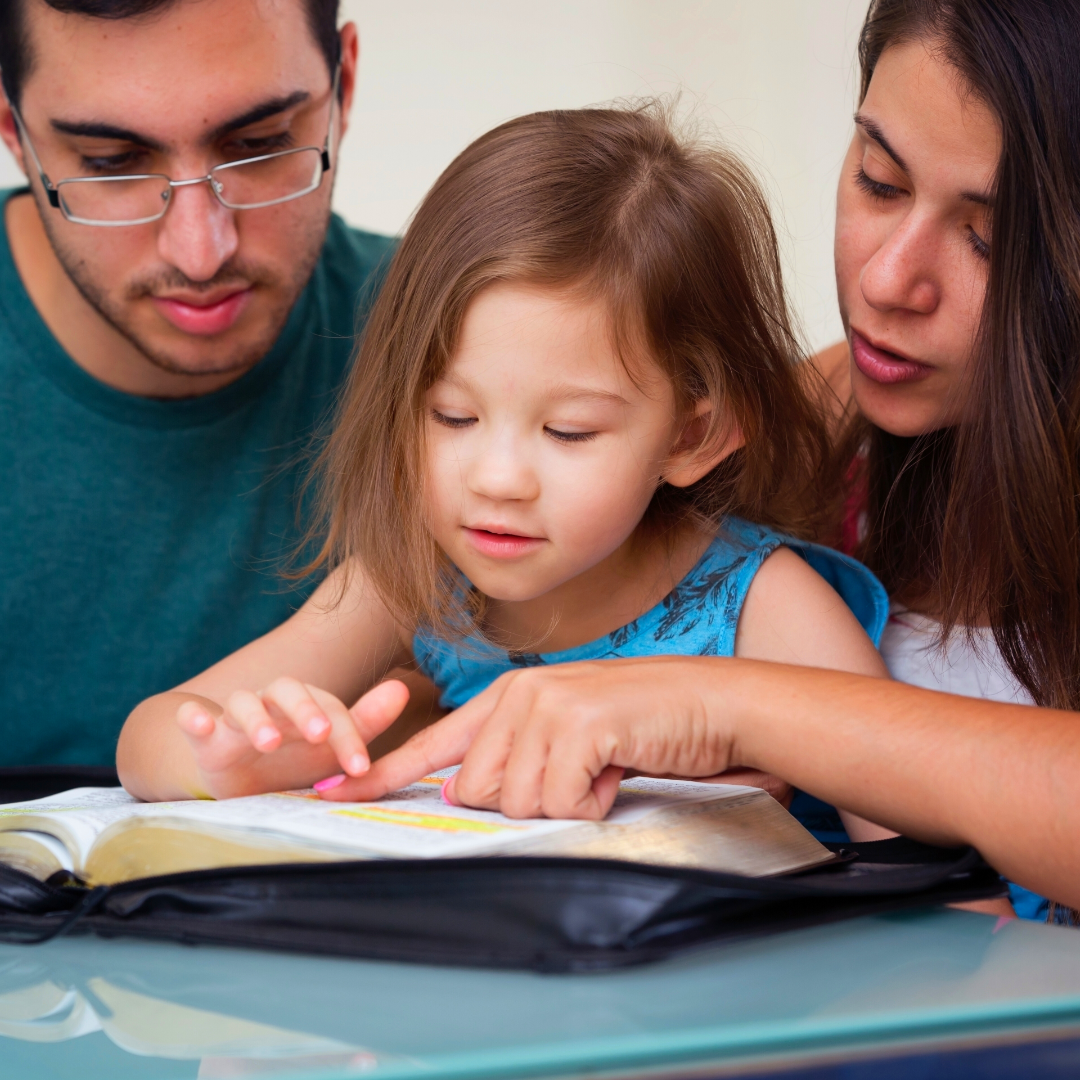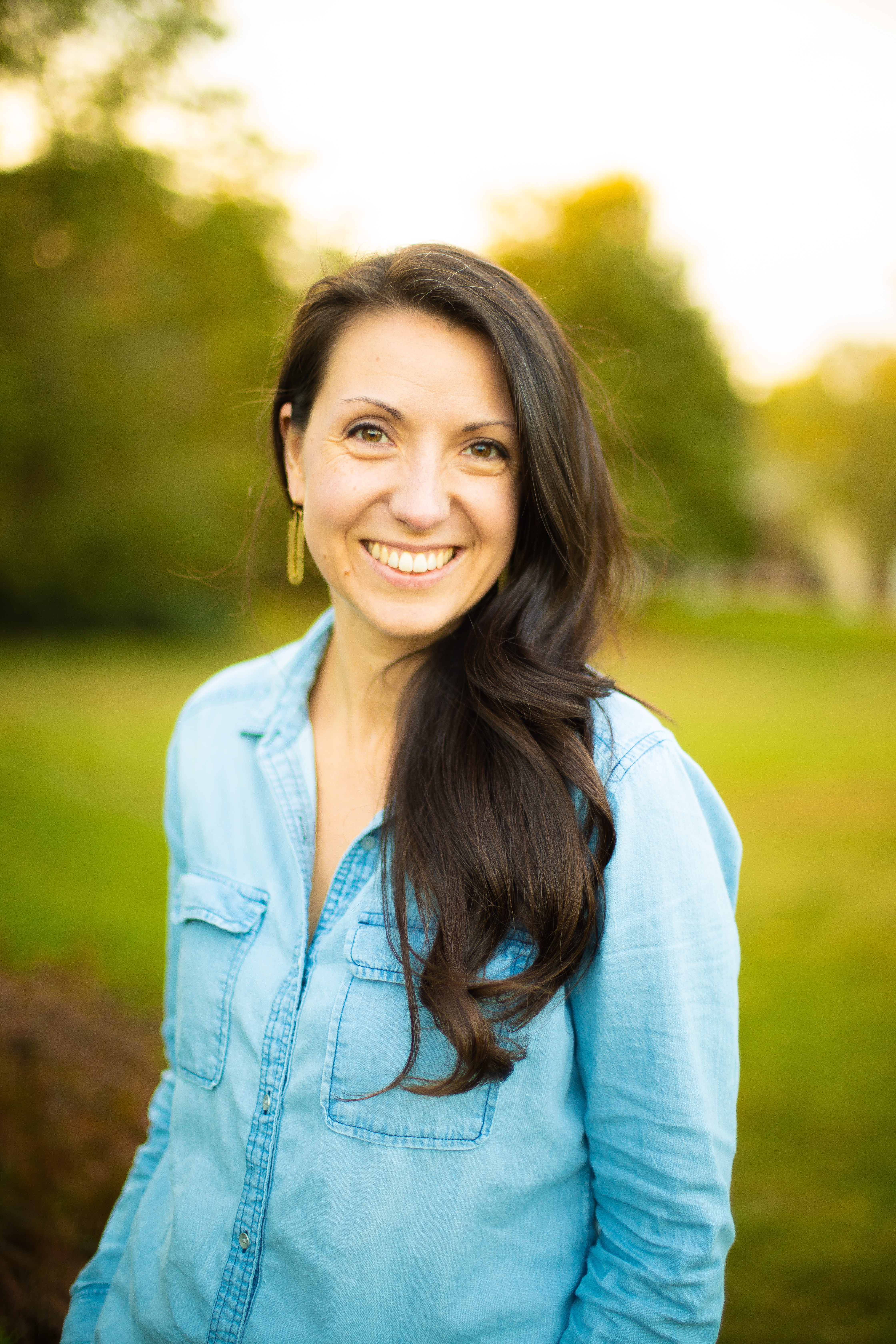
Jessica Ptomey considers where we, and our children, can best learn the truth, beauty, and goodness of our faith.
Our last post left off acknowledging the natural and vital relationship between living ideas and habits in faith formation. We discussed how this natural relationship involves both inspiring children with the living ideas of Catholic truth, and building spiritual habits that put those living ideas into practice in their daily lives. If you are jumping in here first, it will be important for you to review previous posts before continuing on with the question: what are “living ideas”?
It is helpful first to distinguish what they are not. Ideas are not the same as facts. We are after knowledge of our faith that leads to dynamic change in the way that we live. Ideas are vital things that generate other ideas in the mind of another; they are seeds that continue and grow when passed from speaker to listener or author to reader. Facts are not vital; they are received passively by the mind, without one’s mind acting upon them. We can memorize facts, but they do not grow and develop within us.
I propose much of the curriculum used in many religious education programs involves passing on bundles of facts to students—facts they are to memorize, facts designed to entertain them, and definitely facts on which they will be tested. Even within Catholic communities that have been careful to preserve Orthodox truth, our approaches to the “how” and “why” we present that truth has demonstrated that we don’t fully understand our humanness, our need for faith to be a living and embodied act.

There are a couple of ways that we are able to quickly tell a fact from an idea. First, facts tell about truth; ideas tell truth directly. And so, facts lead to information, but not to knowledge. Second, because facts tell only about truth, they often lack an essential element that cannot be separated from truth—beauty.
In his article “Beauty Will Save the World”, and in his books as well, Stratford Caldecott describes the interconnectedness of truth, beauty and goodness, as they are elements that cannot be separated from each other.
The Christian religion is all about a beauty that "saves" us. For beauty is that quality in a thing which attracts us towards itself, that calls to us. It calls us out of ourselves, towards something other. The aesthetic experience is thus one of self-transcendence. If ugliness is imprisonment, beauty is a kind of liberation.
He goes on to say, “Human experiences of truth, goodness and beauty point us towards the ultimate giver of all gifts, the absolute Principle and Origin of all.” What is beautiful is true, and what is true is beautiful. However, there is a lot in religious education curriculum, decor, and method that is lacking in beauty. If we can start to point to sources of knowledge that contain real beauty, then I think we will quickly be able to get better at identifying sources of living ideas.
As a starting point, I recommend that we look to the primary sources of our faith first—the Catechism and sacred Scripture. Here we come into direct contact with truth, beauty and goodness. We start to run into problems and lose the vital ideas when we begin choosing more secondary and tertiary sources in religious education to take the place of the Catechism and Scripture. We start telling facts about the faith rather than letting the children discover the living ideas of Scripture and Church teaching for themselves, in the quantity and kind that is appropriate to their stage of development.
This doesn’t mean that other books should not be used in faith formation, but we should always carefully consider whether the books contain living ideas that put the child in direct contact with the truth of our faith. In selecting what books, videos, and other resources to use in faith formation—and there are so many living materials out there—we should ask the following questions: Is this a living source of knowledge? Does it offer mere facts, or does it plant seeds that give birth to new ideas in minds and hearts? Is it beautiful? Does the writing or composition aesthetic call us out of ourselves and point us to what is good and true?
If we were to pose these questions in reference to half of the Catholic religious education materials available through Catholic publishers today, I would argue that we would find them falling below these standards. We have, unfortunately, become unaccustomed to asking “why” we do what we do and “why” we use what we use in faith formation programs and in our homes. We have taken what has been given to us without measuring it according to the constant and intrinsically connected standards of truth, beauty and goodness. But we can begin anew. We can hold up these standards and discover for ourselves, and for our children, truly living ideas and living materials that will give birth to truth, beauty and goodness in their minds and in their living out the faith.

Copyright 2022 Jessica Ptomey
Images: Canva
About the Author

Jessica Ptomey
Jessica Ptomey is a Catholic convert, author, speaker, Communications scholar, home educator, and Director of Religious Education at Sacred Heart Church in Bowie, MD. She blogs at JessicaPtomey.com. She is the author of Home in the Church: Living an Embodied Catholic Faith, and her research in inter-faith dialogue has been published in the Journal of Communication and Religion (JCR). She is also the co-host with her husband Mike of The Catholic Reading Challenge podcast.


.png?width=1806&height=731&name=CatholicMom_hcfm_logo1_pos_871c_2728c%20(002).png)
Comments